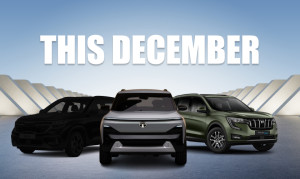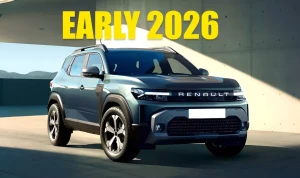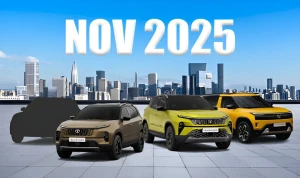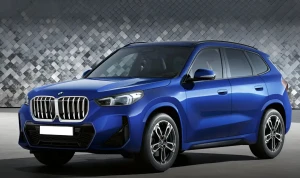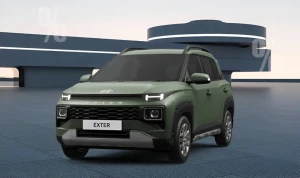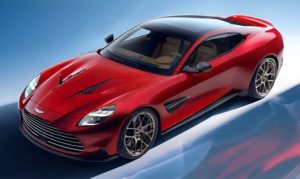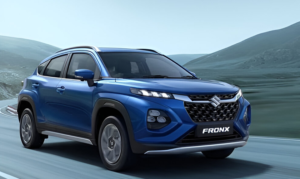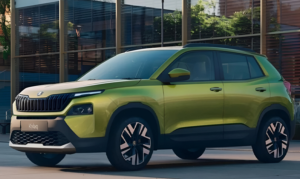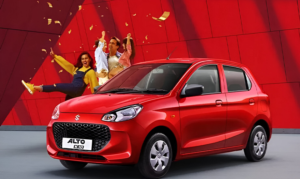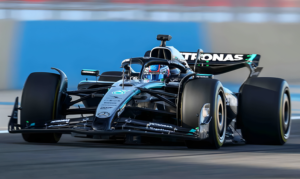Brazil’s E27 Ethanol Journey Holds Clues for India’s Fuel Future
- Lessons India can use right now from Brazil’s E27 ethanol success.
- Real-world car impacts, Brazil’s playbook, policy moves, and what to watch next.
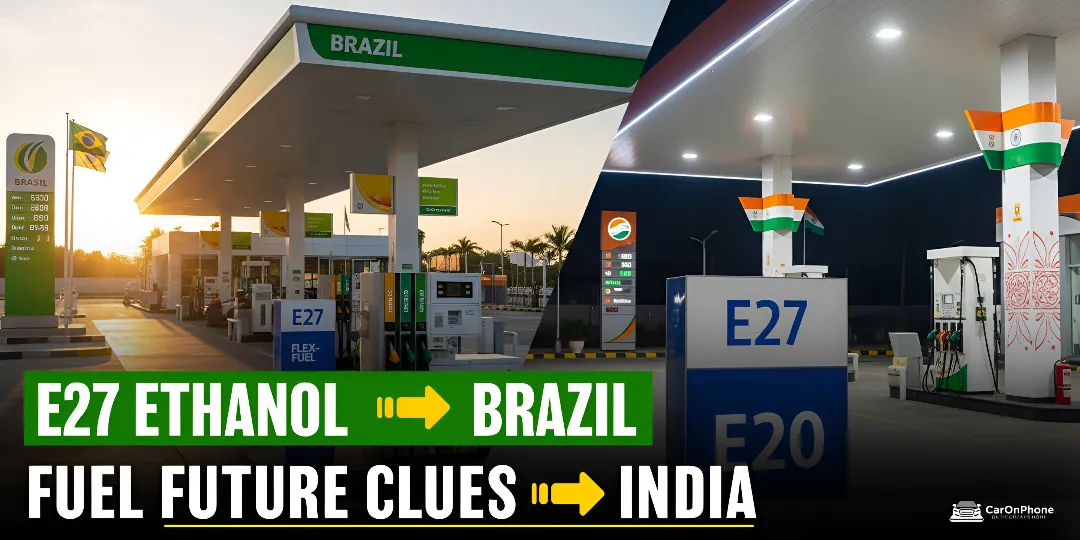
India’s E20 ethanol blending push is no longer a plan on paper, it is at the pump. Drivers want straight answers: will it feel different, cost less, and actually clean the air.
Brazil has already done the hard yards at E27, and there is a lot we can borrow without reinventing the wheel. This article serves as a quick guide to what works, what stings, and what to do next.
What did Brazil get right with high blends, and why does it matter?
Brazil locked in nationwide mandates early, then scaled consumer-ready tech. Since the 1970s, the facts record how ethanol in gasoline was required there. They then moved to around E25, and later calibrated to E27.
It is crucial to realize that automakers made flex-fuel cars the default. This means drivers could actually use gasoline blends or hydrous ethanol. Pumps were also clearly labeled across the country.
Flex-fuel vehicles dominate new sales in Brazil. That kind of setup, along with stable rules, is the core of Brazil’s ethanol success, one that India can adapt.
How fast is India moving on E20, and what comes next toward E27?
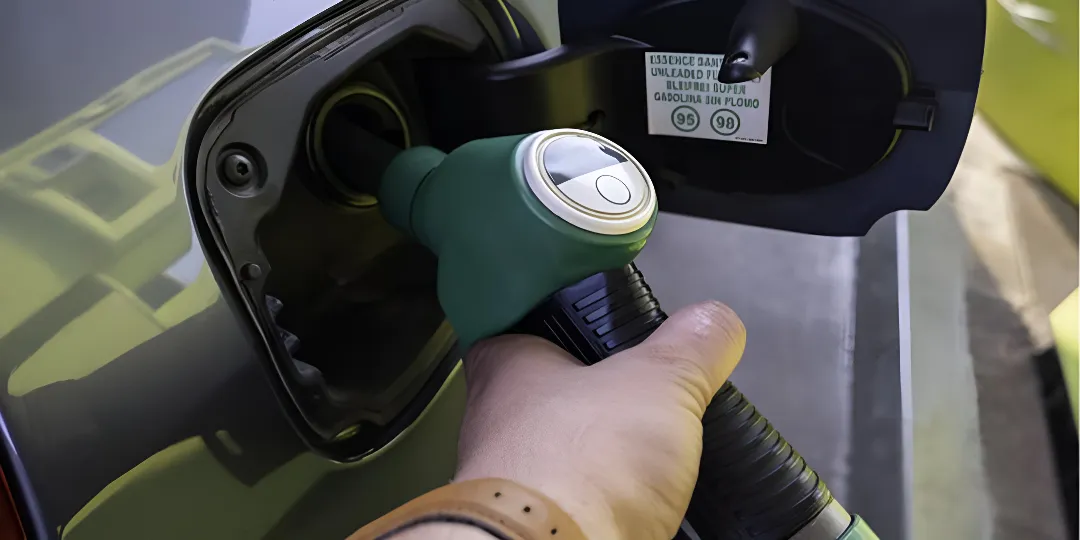
India has advanced its timeline. We have begun rolling out E20 in cities with the aim of establishing wide coverage across the petrol market by 2025-26.
Government as well as industry call it a win for energy security. It’s also a victory for lower emissions and farmer incomes.
In parallel, HPCL has piloted E27 on test fleets. This is mainly to study performance and emissions, but the move definitively signals how planning beyond E20 is already underway in India.
What will drivers notice on the road, especially with older vehicles?
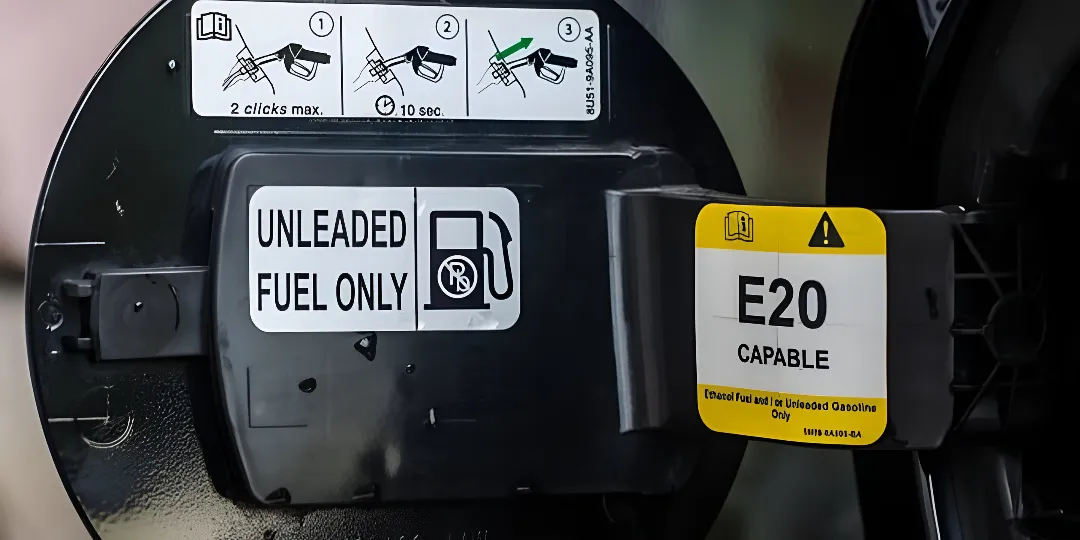
We must certainly expect small trade-offs, mostly in mileage on legacy engines.
- Newer, E20-ready vehicles have a tendency to experience 2-3% efficiency dips when transitioning from E10 to E20.
- Older models can see a little more of that. Some may even need low-cost rubber or gasket upgrades as time goes.
No abnormal wear has been observed in long-duration tests on E20-ready vehicles, yet labeling, clear guidance, and access to the right parts matter for confidence at the pump.
Many owners are still wary, citing mileage drops and maintenance concerns, which is exactly why transparent consumer communication, and dual-fuel availability during transition, help.
Where do the big gains come from, and what are the guardrails?
Here are the core benefits of ethanol blending:
- Lower crude imports
- Boost for farm incomes
- Measurable CO2 cuts
Policymakers praise how well the program has saved foreign exchange. The benefits don’t stop there but include emissions reduction and value-driven payouts to growers.
However, the negative side is sustainability. Sugarcane is a water intensive crop. Also, heavy reliance on a few crops can stress groundwater and food supply chains in the country. India is already dealing with these issues, with no long-term solutions in sight.
That said, one way forward can be to diversify feedstocks to grains and residues. We can also back advanced biofuels and pace scale-up using hard sustainability checks.
What should India borrow from Brazil next for E27: tech, pricing, and labeling?
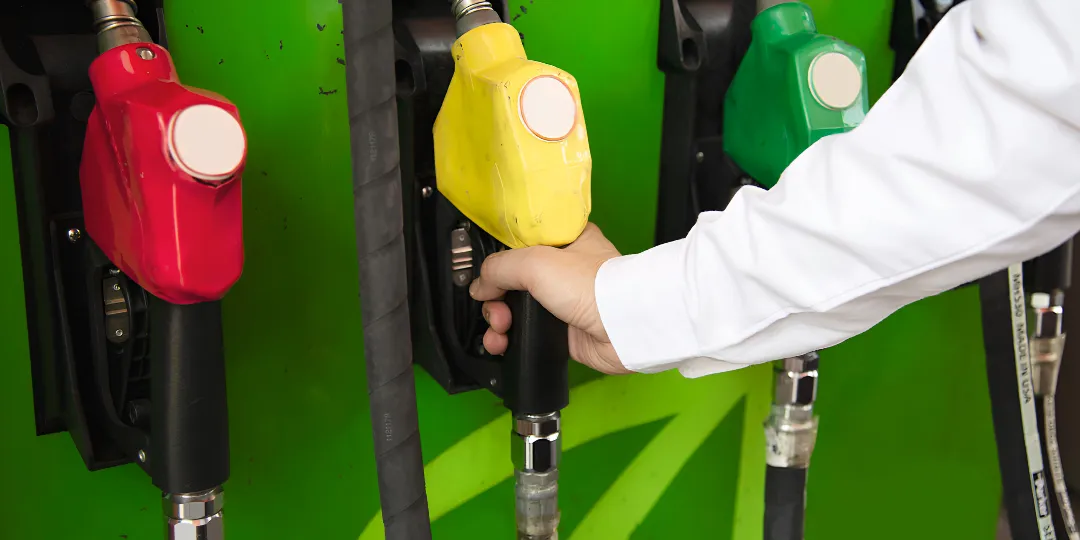
- Consumer-first vehicles: Flex-fuel capability should expand, along with robust support for ethanol cars in India, so higher blends feel normal, not risky.
- Pricing clarity at the pump: Brazil’s success rode on visible, simple pricing that made low-carbon fuel feel like a good deal, not a gamble.
- Clear labels and station readiness: Prominent blend labels reduce wrong fueling, protect older cars, and build trust during the shift from E20 toward E27.
- Policy cadence and trials: Ensure scaling-controlled E27 pilots, publish real-world data, and let automakers tune engines for cold starts, diagnostics, and materials compatibility before mass rollout.
So, can E20 ethanol blending India really jump to E27 without issues?
Yes, if India matches Brazil’s mix of steady mandates, consumer-ready tech, and honest communication.
We must keep the focus on practice, not just policy. Make E20 ethanol blending India about predictable fuel quality, clear signage, conversion options for older vehicles, and fair pricing signals.
If done right, Ethanol fuel India can move from debate to daily habit, the way Brazil did, while staying vigilant on water use and crop diversification. That is how a pilot becomes a playbook.
Tags:
CarOnPhone is your one-stop destination to see all upcoming cars, latest cars, released cars, and EV Cars, and compare Cars in all Car Brands. Stay tuned and follow us to update yourself on the automotive world.

